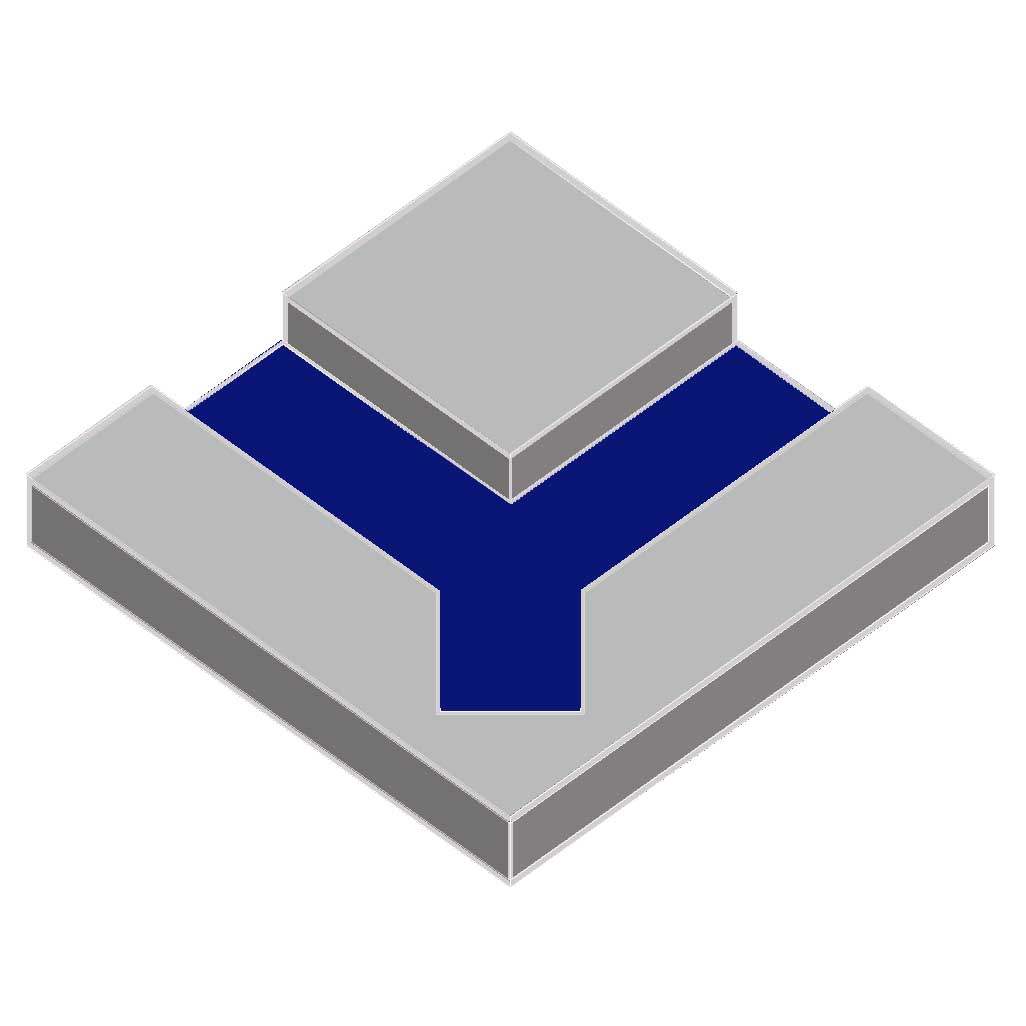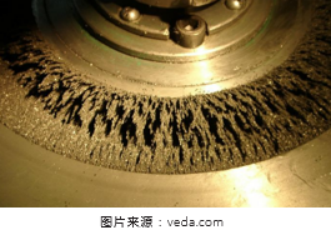
Privacy statement: Your privacy is very important to Us. Our company promises not to disclose your personal information to any external company with out your explicit permission.

introduction
Mechanical processing is a common and all-encompassing technology category. The mechanical processing referred to here refers to the processing means used in surface effect treatment, which has some overlap with the mechanical processing in "Forming Process", and needs to pay attention to the difference.
There are many kinds of mechanical processing, and the traditional processing means are nothing more than turning, milling, planing, grinding, punching, cutting, drilling, etc., and most of these traditional means are gradually integrated and iterated by the modern precision CNC Machining center CNC. Some new techniques are also being developed. The length of this book is limited, so I will not list one by one. Only the most frequently involved processes in designers' design practices, such as sandblasting, drawing, polishing, stamping and rolling, will be discussed.
characteristic
The characteristics of machining can be summarized as: high speed, high efficiency and high precision.
For different machining technology means, their respective characteristics are shown in the table below:

Applicable material

Sandblast grain
Sand blasting is a kind of technology that uses compressed air or water flow to drive hard particles to carry out distributed impact on the workpiece surface to achieve cleanliness or roughness. Functional purposes such as rust removal, peeling coating, cleaning, etc., are not discussed here. The application of appearance technology is mainly discussed here. Generally, sandblasting technology is used to make dumb surface/fog surface/sand surface.
Sandblasting can be used on almost all workpiece surfaces, including plastic, metal, glass, ceramic, etc., but the most used in mass production is the appearance of metal workpiece sandblasting, especially stainless steel and aluminum products

Silk drawing
Wire drawing is almost one of the most common metal decoration techniques. The drawing process can be seen in metals, especially stainless steel, ceramics and plastics.
Drawing generally has physical grinding, CNC engraving and laser, processing methods to achieve the effect is also very different, the corresponding cost is also different.

Rolling grain
Rolling, also known as knurling, is a rather ancient process in which a knurling knife is used to add straight or mesh relief patterns on the surface of a cylindrical metal workpiece to increase friction and facilitate operation and use. However, with the demand of the public aesthetic, the aesthetic feeling of the process gradually rises, and in some products, the decorative function is more than the practical function.
CNC engraving
CNC engraving is the use of CNC on the workpiece surface for turning engraving, the production of silk and CD lines clean, order and rules, this book called the program texture, in addition, CNC engraving texture can also control the depth of the relief effect.

polishing
Polishing refers to the processing method using mechanical, chemical or electrochemical action to reduce the surface roughness of the workpiece so as to obtain a bright and smooth surface. It is the modification processing on the surface of the workpiece by using polishing tools and abrasive particles or other polishing media.
Mechanical polishing
Mechanical polishing is by cutting, material surface plastic deformation to remove the convex after polishing and smooth surface polishing method, generally using whetstone strip, wool wheel, sandpaper, manual operation.
The method of super finishing polishing can be used if the surface quality is high. Super finishing polishing is the use of special grinding tools, containing abrasive polishing liquid, pressed on the workpiece is processed on the surface, for high-speed rotation. The surface roughness of Ra0.008μm can be achieved by this technique, which is the highest among various polishing methods. This method is often used in optical lens mold.

Fluid polishing Magnetic grinding polishing
Fluid polishing relies on the high speed flowing liquid and the abrasive particles it carries to wash the workpiece surface to achieve the purpose of polishing. Common methods are: abrasive jet machining, liquid jet machining, hydrodynamic grinding, etc.
Hydrodynamic lapping is driven by hydraulic pressure to make the liquid medium carrying abrasive particles flow through the workpiece surface at high speed. The liquid medium is mainly made of special compounds that flow well under low pressure and are mixed with abrasives. Abrasives can be silicon carbide powder

Magnetic grinding polishing is the use of magnetic abrasives under the action of magnetic field formed abrasive brush, grinding workpiece. Its advantages are high processing efficiency, good quality, easy to control processing conditions, good working conditions. With suitable abrasive, the surface roughness can reach Ra0.1μm.

LET'S GET IN TOUCH

Privacy statement: Your privacy is very important to Us. Our company promises not to disclose your personal information to any external company with out your explicit permission.

Fill in more information so that we can get in touch with you faster
Privacy statement: Your privacy is very important to Us. Our company promises not to disclose your personal information to any external company with out your explicit permission.